#c. johannes
Explore tagged Tumblr posts
Text



Eva Maria Veigel, Mrs David Garrick, with a mask, attr. to Johann Zoffany, 1752-63
#Johann Zoffany#1750s#1760s#18th century#actress#mdptheatre#theatre#britain#18th c. britain#masquerade#mdp18th c.
76 notes
·
View notes
Text
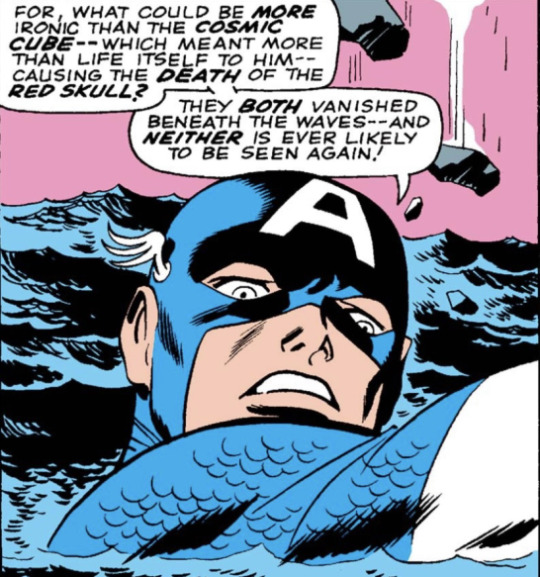

Yes, I'm sure today (September 10th, 1966) will be the last anyone sees of Red Skull or the Cosmic Cube.
From: Tales of Suspense #81
#comics#comic books#dc comics#web comics#marvel#mcu#marvel mcu#c#comic panels#marvel comics#captain america#steve rogers#red skull#johann schmidt#cosmic cube
23 notes
·
View notes
Text

2001: A Space Odyssey / on polaroids
-Multimillionendollaruntergrundfilm- 1968
COMPUTERFUNKTION GESTÖRT
#stanley kubrick#2001#odyssee im weltraum#HAL 9000#polaroid#monolith#colani#György Ligeti#Aram Chatschaturjan#Johann Strauss#Richard Strauss#Stanley Kubrick#Arthur C. Clarke#computer malfunction#1968
13 notes
·
View notes
Text

horst cabal from johannes cabal the necromancer
#ive spent too much time editing it and editing it im calling it done#horst cabal#johannes cabal#johannes cabal the necromancer#love this silly guy with absolutely No issues whatsoever :] he is so normal#i kinda wanna do a matching one with cabal. we will see#tried to be faithful to the book description but silver and red accents for a primarily purple outfit is Certainly a Choice horst#also forgot abt the hat and cane whoops#anyways the flowers r asphodel c:
61 notes
·
View notes
Photo

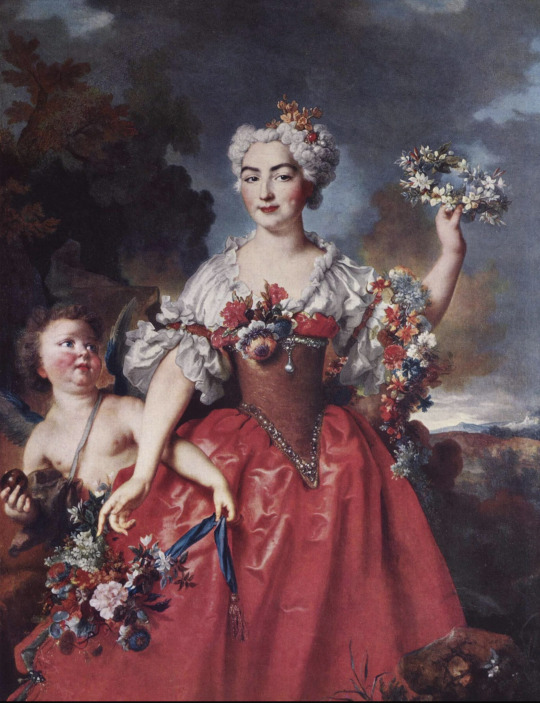

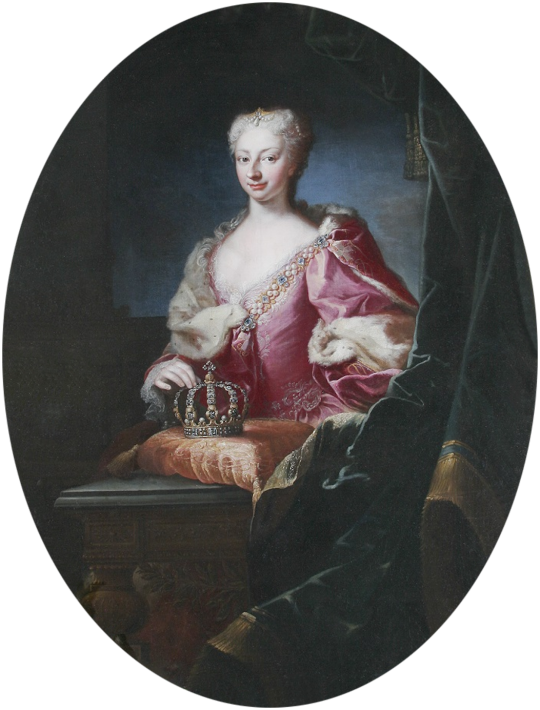
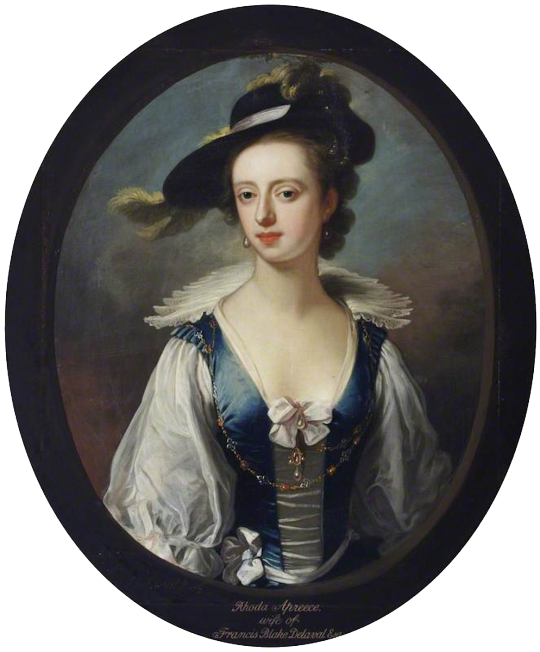
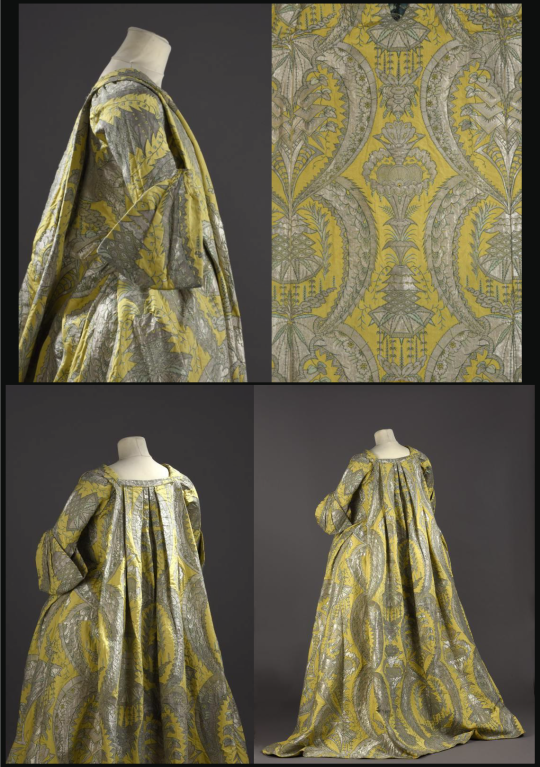
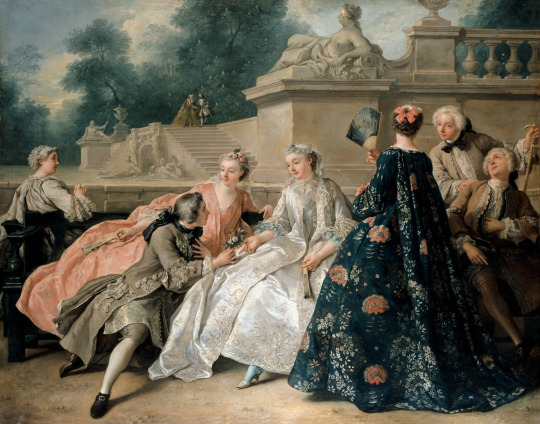



Early 1730s dresses (from top to bottom) -
1730 Tea Party at Lord Harrington's by C. Phillips detail (Yale Center for British Art, Yale University - New Haven, Connecticut, USA). Probably from Wikimedia; fixed spots with Pshop 1247X1623. There are many caps and veils, square necklines, and laced bodices with revers. But full-blown panniers are not to be seen.
1730 Marquise de Gueydan as Flora by Nicolas de Largillière (Musée Granee - Aix-en-Provence, Bouches-du-Rhône, Provence-Alpes-Côte d'Azur, France). From cutlermiles.com/portrait-of-marquise-de-gueydan-as-flora-nicolas-de-largilliere/ 1908X2484. She wears a stout Swiss belt and cleft coiffure that harken back to the late Louis XIV era.
ca. 1730 Empress Elisabeth Christine by Johann Gottfried Auerbach (auctioned, probably by Lempertz). From Wikimedia trimmed 1715X2352. She wears a round skirt and a scoop neckline.
ca. 1730 Polyxena of Hesse-Rotenburg, Queen of Sardinia by Maria Giovanna Clementi (location ?). From tumblr.com/blog/view/jeannepompadour; enlarged by half 1053X1385. Her dress has a deep V neckline filled in by a modesty piece.
ca. 1730 Rhoda Apreece, Mrs Francis Blake Delaval attributed to Enoch Seeman the Younger (Seaton Delaval - Seaton Sluice, Northumberland, UK). From artuk.org; enlarged by half 994X1200. The ruff makes this a Van Dyck revival dress. The laced vest and jaunty hat lend a casual air to the portrait.
ca. 1730 Robe volante (Musée de la Mode - Paris, France). From fripperiesandfobs.tumblr.com-post-139802377452-robe-volante-ca-1730-from-the-palais-galliera 1140X1620. Dresses before the 1750s often had cuffs that could be substantial like these.
1731 Die Liebeserklärung by Jean François de Troy (Sanssouci, Stiftung Preußische Schlösser und Gärten Berlin - Brandenburg, Germany). From artsandculture.google.com/asset/die-liebeserklärung-jean-françois-de-troy/XAFpCyLiWrxHZw?h 3074X24.12. Known in the Anglophone world as “The Declaration of Love. The large patterns mark this as early century. The robe à la française is firmly established in the form it would take until the late Louis XVI period.
1731 Infanta Maria Teresa Antonia de Borbón by Jean Ranc (Museo del Prado - Madrid, Spain). From their Web site; removed spots and streaks with Photoshop 2621X3051. Spain was ruled by Borbóns after the last Habsburg was cleared out in the early 1700s.
1731 Julia Calverley, Lady Trevelyan, by Enoch Seeman the Younger (Wallington Hall - Wallington, Northumberland, UK). From nationaltrustcollections.org.uk/object/584399; erased navigation marks in corners & fixed spots w Pshop 1616X1992. Clasps replace lacing to close this bodice.
1731 Lady by John Vanderbank (location ?). From the Philip Mould Historical Portraits Image Library 920X1214. The dress is Van Dyck revival similar to the one worn by Rhoda Apreece.
#1730s fashion#Georgian fashion#Louis XV fashion#Rococo fashion#C. Phillips#Marquise de Gueydan#Nicolas de Largillière#Kaiserin Elisabeth Christine#Johann Gottfried Auerbach#scoop neckline#Polyxena von Hesse-Rotenburg#Maria Giovanna Clementi#Rhoda Apreece#Enoch Seeman the Younger#feathered hat#robe volante#The Declaration of Love#Jean François de Troy#robe à la française#Infanta Maria Teresa Antonia de Borbón#tabbed bodice#Jean Ranc#Julia Calverley#cap#John Vanderbank
65 notes
·
View notes
Text
John Kirby: Jazz's Chamber Innovator and Forgotten Virtuoso
Introduction: John Kirby, born John Kirk one hundred and sixteen years ago today on December 31, 1908, in Winchester, Virginia, was an influential yet often underappreciated figure in jazz history. His innovative approach to music bridged classical and jazz sensibilities, creating a unique genre often referred to as “chamber jazz.” Kirby’s career as a bassist and bandleader not only helped shape…
#Ben Webster#Bill Brown and His Brownies#Billie Holiday#Billy Kyle#Buster Bailey#Charlie Shavers#Charlie Sheets#Chick Webb#Coleman Hawkins#Dizzy Gillespie#Duke Ellington#Fletcher Henderson#Fletcher Henderson Orchestra#Jazz Bassists#Jazz History#Jimmy Harrison#Johann Sebastian Bach#John C. Smith&039;s Society Band#John Hammond#John Kirby#John Kirby Sextet#Maxine Sullivan#O&039;Neil Spencer#Onyx Club Boys#Pops Foster#Powell Gibson#Russell Procope#The Biggest Little Band in the Land#Wellman Braud
2 notes
·
View notes
Text
#uefa champions league#anthem#johann sebastian bach#prelude in c major#georg friedrich händel#zadok the priest#great teacher onizuka#mem#video#football
2 notes
·
View notes
Text
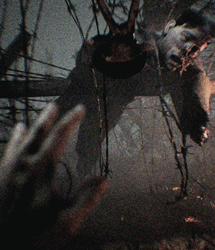


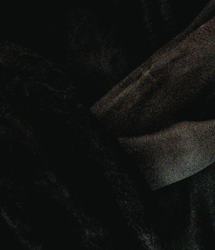


"Bist du traurig, so wie ich? Dir laufen Tränen vom Gesicht ~ Hand in Hand, nie mehr allein..."
#Aoi Takumi#blog#my gifs#special gifset#my audio#Nacon#Hekate#Ad Infinitum 2023#Ad Infinitum#2023#game#license version#PC#Officer#Paul von Schmitt#Johannes von Schmitt#/#Karl von Schmitt#//#░L░ü░g░e░n░ ░~░ ░a░l░l░e░s░ ░L░ü░g░e░n░.░.░.░#░I░c░h░ ░b░e░l░ü░g░e░ ░s░o░g░a░r░ ░m░i░c░h░.░.░.░#░K░e░i░n░e░r░ ░g░l░a░u░b░t░ ░m░i░r░.░.░.░#░N░i░c░h░t░ ░m░a░l░ ░i░c░h░.░.░.░
5 notes
·
View notes
Text
1052R
i read something today that forced me to reconstruct the history within it as my favorite instance of what the kids today categorize as “game recognizing game.” both game entities in my new favorite recognition instance happen to be johann sebastian bach, because bach is and was unparalleled. he’s the only one that could go head to head with his particular mind. this thought brings me comfort.
historians and musicologists today presume bach wrote a violin concerto so difficult to perform that it led to it not being preserved by [lack of] virtue of there simply not being many around able to keep playing it. late in his life, historians and musicologists today presume, he’d recover this concerto and repurpose it as a harpsichord-centered piece, thus making it more accessible. this ended up becoming the 1052. the reconstruction of the presumed original violin version is known today as 1052R. bach was so painfully aware of the magnitude of his snapping with the original 1052 that he refused to let it die. the previous sentence is my reconstruction of the history inside the hypothesis.
i like to think about him often. i think about him writing the minor, lesser pieces in his repertoire because i like thinking about how, in contrast, his bigger, grander pieces feel in terms of showmanship. i like to imagine him symbolically waving away the tails of a period-and-culture-inaccurate frac before sitting down at his clavier stool (a gesture that could only mean “Time To Break Out The Big Guns”) in order to write works like the 1004, the 582, the 997, the apostles’ passions, the mass, the offering, the variations - as opposed to writing something like the WTC prelude N°1 tucked in bed in his nightgown by candlelight. this is why i speak of showmanship; the c major prelude is one of the most perfect portraits of western music sensibilities - it just happens to be subtle about it. both the lesser pieces and the grander pieces required of him the same amount of skill, albeit with different subsets and configurations of it. these are, again, my reconstructions of a particular history.
history does something funny to us: we let it wrap itself around our perception of it in such a way that there ends up being room for only one conjecture to be conjured. reading about the conception of the offering is a great example of this: it is impossible to finish that story without thinking of bach as what the same kids that’d classify him as “game” would call a “baller.” we like to think of bach as a baller. when i finally went to see a live performance of the 582, the organist told the audience a bach-biographical baller story i’d never heard. we like to think of his pilgrimage to buxtehude’s door as a baller move. i like to think of his body of work as the biggest flex on his contemporaries. this only inflates the image of bach the showman. this is the biggest reconstruction of all.
bach loved god. bach feared god. this is as far away as we can get from a reconstruction of his persona: it being the closest we can get to a fact, it leaves us with more of a reproduction. whether devotion and showmanship can coexist is not what i wanna argue. i wanna argue that historians and musicologists throughout the years have pretty much determined the presence of one of these traits in him, and not so much the other. i don’t want to argue whether we should reconstruct him possessing the latter trait or not. i just know we do. i also know this inevitably makes him, fortunately or not, a baller.
#fuck it we ball#bach#jsb#johann sebastian bach#baroque#baroque music#bwv 1052#bwv 1004#chaconne#st matthew passion#st john passion#mass in b minor#the musical offering#the well tempered clavier#wtc#c major#dieterich buxtehude#god#music
10 notes
·
View notes
Text
youtube
#G Minor Bach#Prélude No. 2 in C Minor BWV 847#Johann Sebastian Bach#Piano#pdf#violin#notes#flute#music notes#guitar#sheet music#piano sheet music#Youtube
1 note
·
View note
Photo
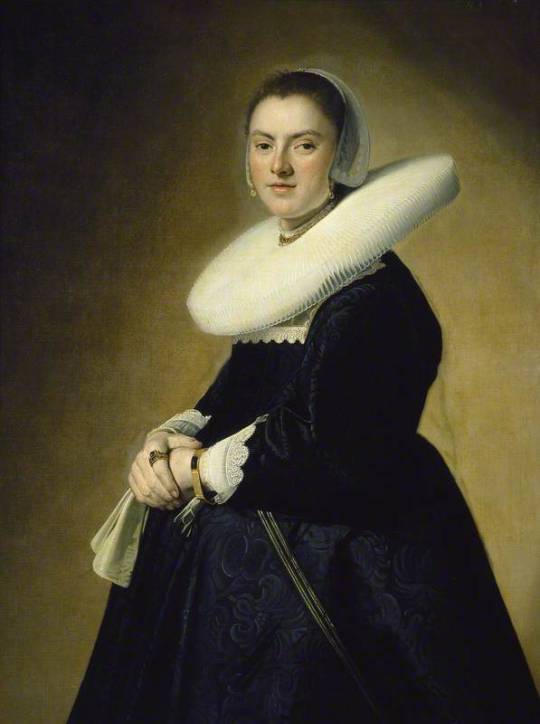
Portrait of a lady by Johannes Cornelisz. Verspronck, c. 1640
140 notes
·
View notes
Text


I thought Red Skull's last order to Cap was to sit in an electric chair! But nope! That's just what his lie detector looks like apparently.

He threw Cap out the window instead.
From: Tales of Suspense #91
#comics#comic books#dc comics#web comics#marvel#mcu#marvel mcu#c#comic panels#marvel comics#captain america#steve rogers#red skull#johann schmidt
14 notes
·
View notes
Quote
I turn back into myself and discover a world! Once again, more as intuition and dim craving than as distinct imagery and vital force. And then everything swims before my senses, and I go on, smiling dreamily into the world.
Johann Wolfgang von Goethe, The Sufferings of Young Werther (tr. Stanley Corngold)
2 notes
·
View notes
Text
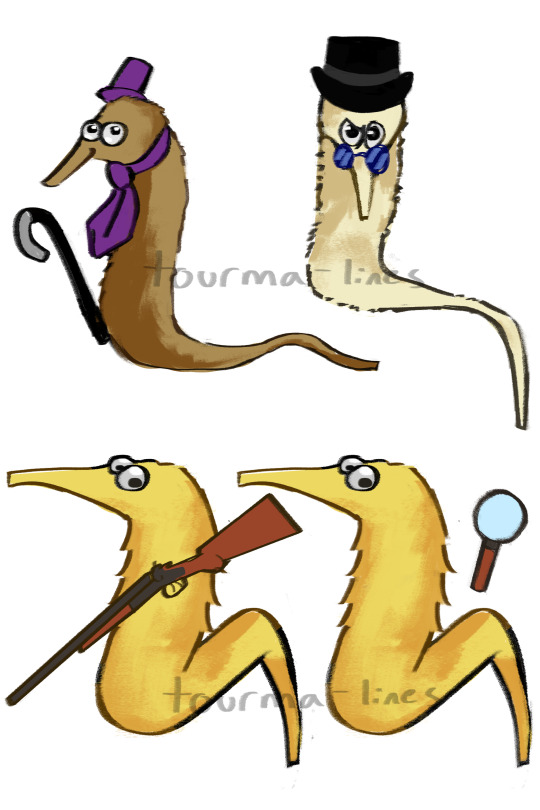
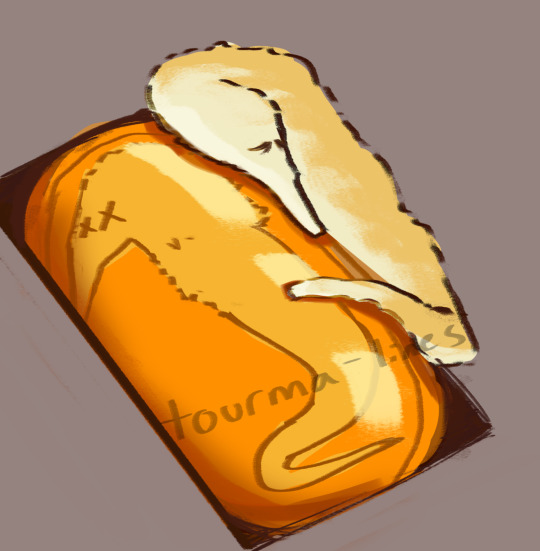

cabals as worm on a strings. worms on a strings? worms on strings? yeah those things. you get it
started drawing these as a bit and also to procrastinate on artfight, then got Way too into drawing them
ref pic for horst under the cut

#johannes cabal#johannes cabal fanart#horst cabal#leonie barrow#worm on a string#zarenyia and miss smith r next c:
28 notes
·
View notes
Text
👆 sorry, the blog url link couldn't get into. "ARTIFACTSMUSEUMHISTORY.BLOGSPOT.COM"
and I really curious that so I go searching for the other infos about this Germany church :
SKELETONS, ANCIENT WEAPONS AND BUBBLES: TAKE A LOOK AT THIS HAUNTING 18TH CENTURY CHAPEL ART
We can't believe the gothic beauty of the plaster work found in this German chapel
by DEVON PRESTON /OCTOBER 15TH, 2019
Photos from here. Thanks~*
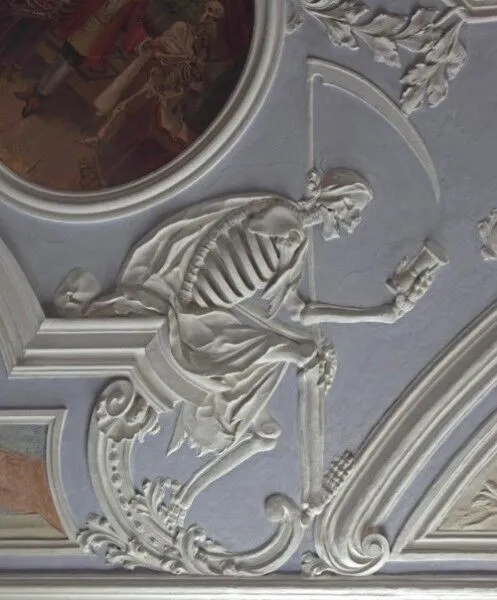






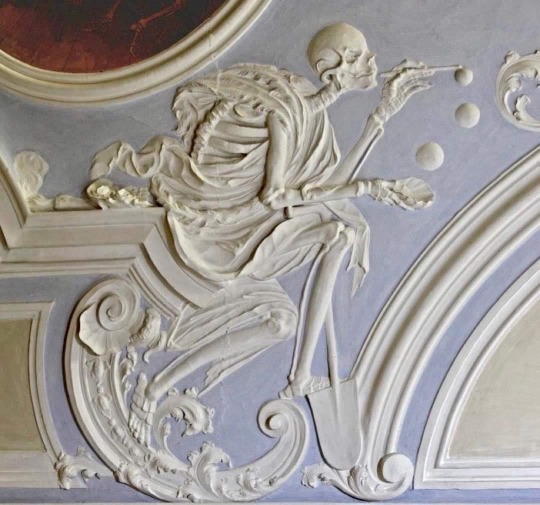
“Death blowing bubbles,” one of the several depictions of death created by Johann Georg Leinberger between 1729 and 1731 for the ceiling of the Holy Grave Chapel in Michaelsberg Abbey in Bamberg, Germany. The bubbles are symbols of the fragility of life
More: https://artifactsmuseumhistory.blogspot.com/
#@museum-of-artifacts#johann georg leinberger#georg leinberger (c.1490–1500–c.1540–1545)#german painter & woodcut artist#18th century#chapel art#gothic art#plaster work#michaelsberg abbey#bamberg#germany#death blowing bubbles#life’s fragility#the building being turned into a hospital in 1803#rococo inspired#reclaimed in 1993 as a unesco world heritage site#thank you 💗💗💗
2K notes
·
View notes
Text

هذا هو أشهر منظر للمدينة في القرن السابع عشر الهولندي. إنَ التفاعُل بينَ الضوءِ والظل، والسماء الغائمة الرائعة، والإنعكاسات الدقيقة في الماء جعلت من هذهِ اللوحة تُحفة فنية حقيقية.
صورَ فيرمير المدينة من الجنوب الشرقي، مع وجود كولك في المُقدمة، وهو ميناء مثلثي الشكل في الحد الجنوبي للمدينة. يبدو أنَ لا شئ يتحرك، كُل شئٍِ ساكن. جميع القوارب في الماء راسية. وأشرعتِها مُتدلية. ولا وجود للرياح تقريباً، النسيم الهادئ يُموج المياه العاكسة في بعض المناطق. الأشجار وارفة الأوراق، يجب أن يكون الموسم أواخر الربيع أو الصيف، وهو الصباح لأنَ الشمس في الشرق. تلعب الحياة البشرية دوراً ثانوياً في المشهد. تتحدث مجموعتين من الناس في المُقدمة، بينما يسير عددٌ قليل من الشخوص على جانب رصيف الميناء أمام بوابة شيدام، وهي صغيرةٌ جداً بحيثُ لا يُمكن مُلاحظتِها.
كانَ فيرمير مُبدعاً للغاية في لوحتهِ مشهد من دِلفت. في كُلِ عُنصُرٍ قامَ بتصويرهِ، كانَ يبحث عن أفضل طريقة لعرض بُنيتهُ. في السقف الأصفر اللامع على اليمين، إقترحَ تطبيق خشونة السطح بإستخدام حُبيبات خشنة من الرصاص الأبيض الصبغي تحت الطلاء. إنهُ يخلق إنطباعاً بأنَ المشهد يتلألأ في ضوء الشمس. ولكن إبداعُهُ الأقصى رُبما، هو العديد من نقاط الطلاء الصغيرة على هيكل القارب بالقُرب من ��وابة روتردام. عندَ النظر إليها من مسافة بعيدة فإنها ترمُزُ إلى إنعكاس المياه المُتلألئة.
هذهِ تُحفةٌ كلاسيكية!
مُلاحظة: كانَ يوهانس فيرمير شخصية غامضة تماماً ولا يُعرف سوى القليل عن حياتهُ.
View of Delft
Johannes Vermeer
c.1660-1661
0 notes